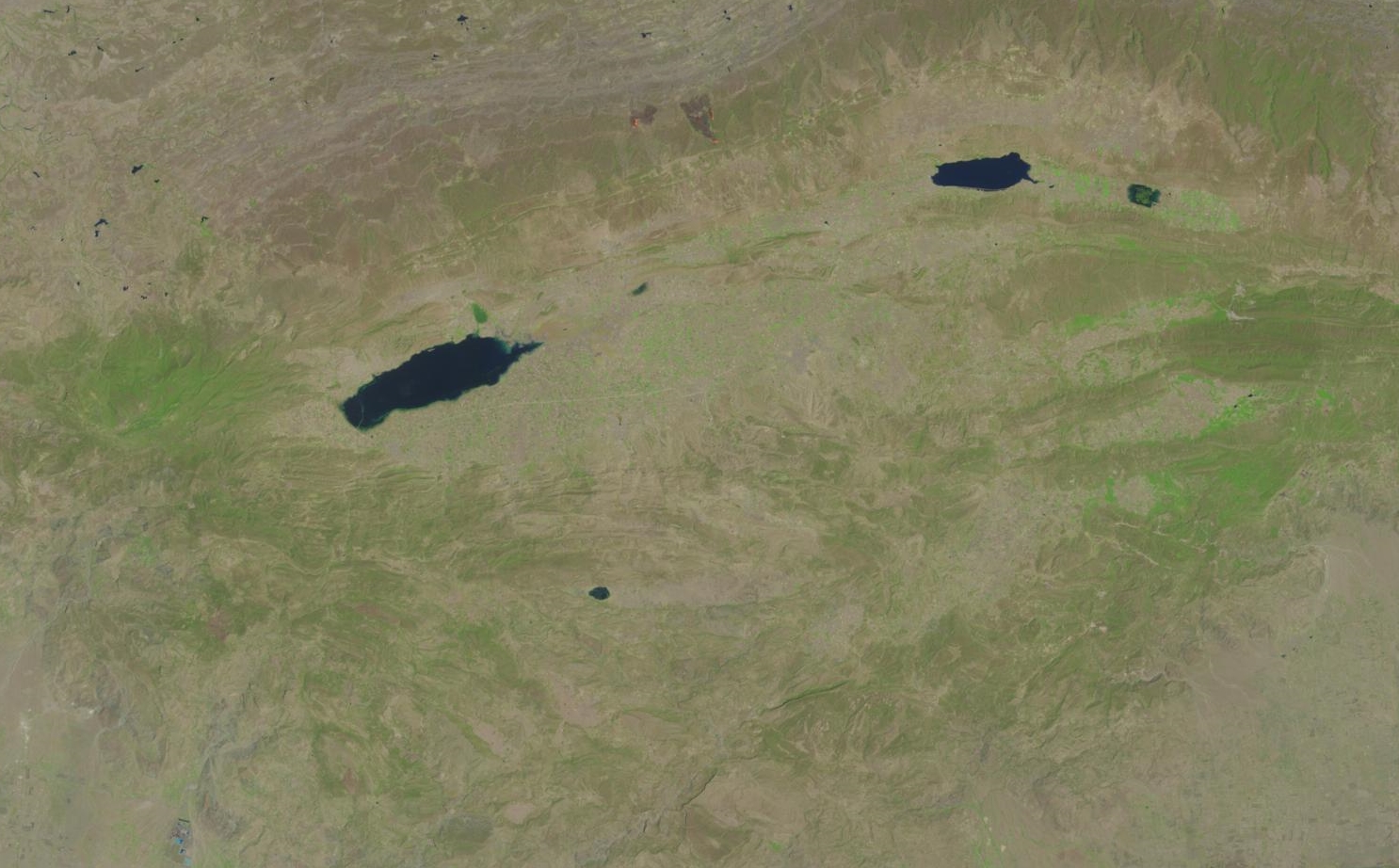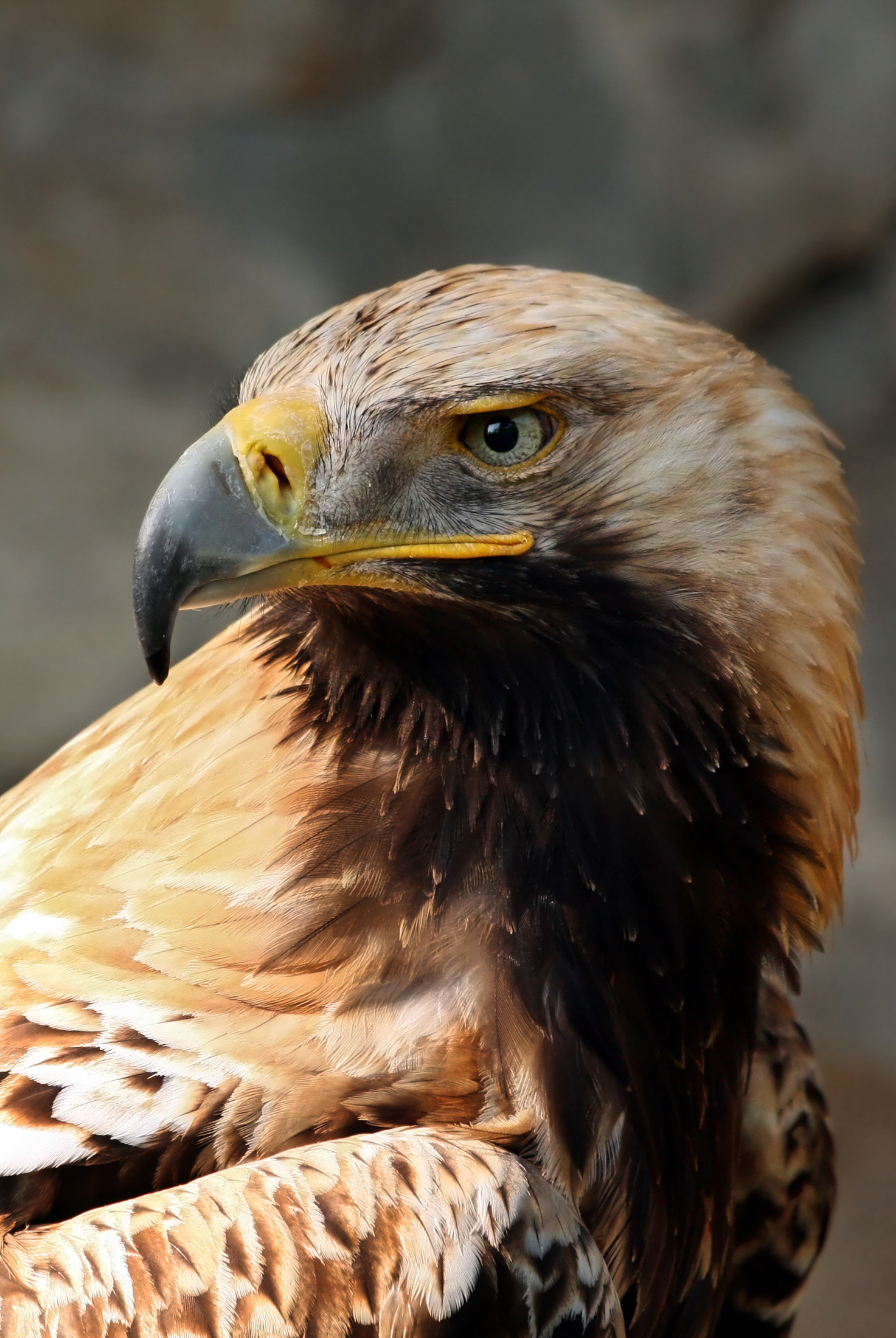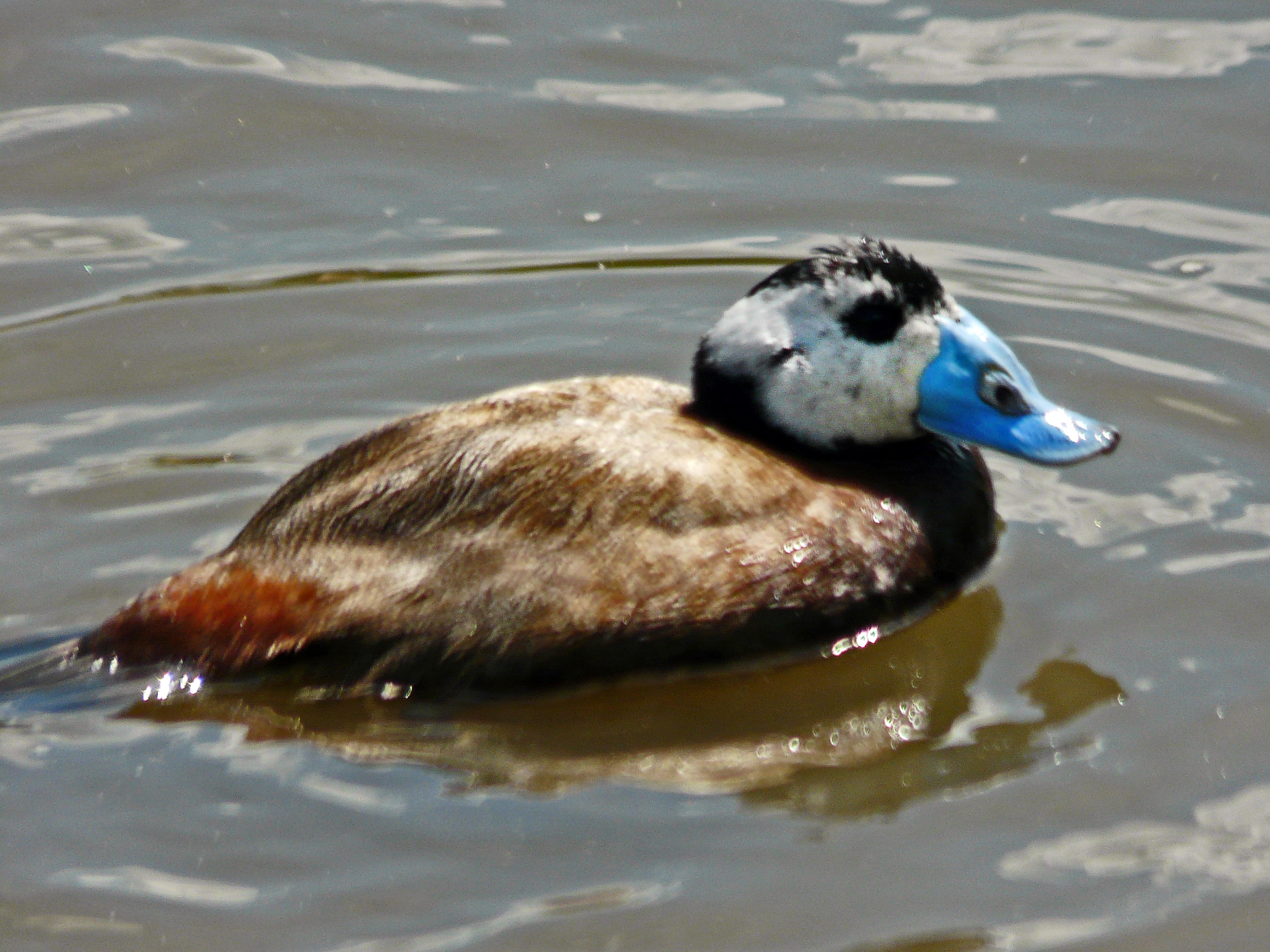|
Uchhali Complex (Ramsar Site)
Uchhali Complex is located in Khushab District, Punjab, Pakistan. Uchhali Complex includes three brackish to saline lakes: Khabikki Lake, Uchhali Lake and Jahlar Lakes. It was designated a Ramsar site on March 22, 1996. Fauna and flora Ucchali Complex is the only conservation supporting the winter migratory flocks of White-headed duck in Pakistan, along with it the complex also is a home for three other species; Cinereous vulture, Eastern imperial eagle and sociable lapwing. Other migratory species in the wetlands include; Greater flamingo, pied harrier, greylag goose and ferruginous duck The ferruginous duck (''Aythya nyroca''), also known as ferruginous pochard, common white-eye or white-eyed pochard, is a medium-sized diving duck from Eurosiberia. The scientific name is derived from Greek '' aithuia'' an unidentified seabird .... References {{coord missing, Punjab, Pakistan Ramsar sites in Pakistan Khushab District ... [...More Info...] [...Related Items...] OR: [Wikipedia] [Google] [Baidu] |
Ramsar Convention
The Ramsar Convention on Wetlands of International Importance Especially as Waterfowl Habitat is an international treaty for the conservation and sustainable use of Ramsar sites (wetlands). It is also known as the Convention on Wetlands. It is named after the city of Ramsar in Iran, where the convention was signed in 1971. Every three years, representatives of the contracting parties meet as the Conference of the Contracting Parties (COP), the policy-making organ of the convention which adopts decisions (resolutions and recommendations) to administer the work of the convention and improve the way in which the parties are able to implement its objectives. COP12 was held in Punta del Este, Uruguay, in 2015. COP13 was held in Dubai, United Arab Emirates, in October 2018. List of wetlands of international importance The list of wetlands of international importance included 2,331 Ramsar sites in May 2018 covering over . The countries with most sites are the United Kingdo ... [...More Info...] [...Related Items...] OR: [Wikipedia] [Google] [Baidu] |
Cinereous Vulture
The cinereous vulture (''Aegypius monachus'') is a large raptor in the family Accipitridae and distributed through much of temperate Eurasia. It is also known as the black vulture, monk vulture and Eurasian black vulture. With a body length of , across the wings and a maximum weight of , it is the largest Old World vulture and largest member of the Accipitridae family. Taxonomy The genus name ''Aegypius'' is a Greek word (αἰγυπιός) for 'vulture', or a bird not unlike one; Aelian describes the ''aegypius'' as "halfway between a vulture (''gyps'') and an eagle". Some authorities think this a good description of a lammergeier; others do not. Aegypius is the eponym of the species, whatever it was in ancient Greek. The English name 'black vulture' refers to the plumage colour, while 'monk vulture', a direct translation of its German name Mönchsgeier, refers to the bald head and ruff of neck feathers like a monk's cowl. 'Cinereous vulture' (Latin ''cineraceus'', ash-colour ... [...More Info...] [...Related Items...] OR: [Wikipedia] [Google] [Baidu] |
Ferruginous Duck
The ferruginous duck (''Aythya nyroca''), also known as ferruginous pochard, common white-eye or white-eyed pochard, is a medium-sized diving duck from Eurosiberia. The scientific name is derived from Greek '' aithuia'' an unidentified seabird mentioned by authors including Hesychius and Aristotle, and ''nyrok'', the Russian name for a duck. Description The breeding male is a rich, dark chestnut on the head, breast and flanks with contrasting pure white undertail coverts. In flight the white belly and underwing patch are visible. The females are duller and browner than the males. The male has a yellow eye and the females have a dark eye. Habitat The ferruginous duck prefers quite shallow fresh waterbodies with rich submerged and floating vegetation with dense stands of emergent vegetation on the margins. In some areas it will use saline or brackish pools or wetlands. On passage and wintering will also frequent coastal waters, inland seas and large, open lagoons. Distributi ... [...More Info...] [...Related Items...] OR: [Wikipedia] [Google] [Baidu] |
Greylag Goose
The greylag goose or graylag goose (''Anser anser'') is a species of large goose in the waterfowl family Anatidae and the type species of the genus ''Anser''. It has mottled and barred grey and white plumage and an orange beak and pink legs. A large bird, it measures between in length, with an average weight of . Its distribution is widespread, with birds from the north of its range in Europe and Asia migrating southwards to spend the winter in warmer places. It is the type species of the genus ''Anser'' and is the ancestor of most breeds of domestic goose, having been domesticated at least as early as 1360 BC. The genus name is from ''anser'', the Latin for "goose". Greylag geese travel to their northerly breeding grounds in spring, nesting on moorlands, in marshes, around lakes and on coastal islands. They normally mate for life and nest on the ground among vegetation. A clutch of three to five eggs is laid; the female incubates the eggs and both parents defend and rear ... [...More Info...] [...Related Items...] OR: [Wikipedia] [Google] [Baidu] |
Pied Harrier
The pied harrier (''Circus melanoleucos'') is an Asian species of bird of prey in the family Accipitridae. It is migratory, breeding from the Amur valley in eastern Russia and north-eastern China to North Korea. Wintering individuals can be found in a wide area from Pakistan to Philippines. The population consists of approximately 10,000 individuals and the number is thought to be in moderate decline. This medium-sized harrier (length 45 cm/18in, wing span 115 cm/46in)James Ferguson-Lees & David Christie (2005). Raptors of the world. Christopher Helm. London, UK nests in steppes and associated wetlands. Wintering individuals are often seen hunting above rice paddies and marshes. Gallery Image:Pied Harrier I2 IMG 9660.jpg, near Hodal in Faridabad District of Haryana, India. Image:Pied Harrier I IMG 9661.jpg, at/ near Hodal in Faridabad District of Haryana, India India, officially the Republic of India (Hindi: ), is a country in South Asia. It is the sev ... [...More Info...] [...Related Items...] OR: [Wikipedia] [Google] [Baidu] |
Greater Flamingo
The greater flamingo (''Phoenicopterus roseus'') is the most widespread and largest species of the flamingo family. It is found in Africa, the Indian subcontinent, the Middle East, and in southern Europe. Taxonomy The greater flamingo was described by Peter Simon Pallas in 1811. It was previously thought to be the same species as the American flamingo (''Phoenicopterus ruber''), but because of coloring differences of its head, neck, body, and bill, the two flamingos are now most commonly considered separate species. The greater flamingo has no subspecies. Description The greater flamingo is the largest living species of flamingo, averaging tall and weighing . The largest male flamingos have been recorded at up to tall and . Most of the plumage is pinkish-white, but the wing coverts are red and the primary and secondary flight feathers are black. The bill is pink with a restricted black tip, and the legs are entirely pink. The call is a goose-like honking. Chicks are cover ... [...More Info...] [...Related Items...] OR: [Wikipedia] [Google] [Baidu] |
Sociable Lapwing
The sociable lapwing (''Vanellus gregarius''), historically referred to as the sociable plover, is a wader in the plover family. It is a fully migratory bird, breeding in Kazakhstan and wintering in the Middle East, Indian Subcontinent, and Sudan. Historical literature referred to this bird as the Black-bellied lapwing. Taxonomy Along with other lapwings, it is placed in the genus ''Vanellus''. The genus name is Medieval Latin for a lapwing and derives from ''vannus'' a winnowing fan. The specific ''gregarius'' is Latin for "sociable" from ''grex, gregis'', "flock" referring to its tendency to be present alongside conspecifics and other closely related birds. The sociable lapwing is one of many birds described by Pallas during his trip through the Russian landscape. It is a monotypic species - no subspecies are recognised. Description This medium-sized lapwing has longish black legs and a short black bill. Non breeding individuals in winter have light brown wings with a st ... [...More Info...] [...Related Items...] OR: [Wikipedia] [Google] [Baidu] |
Eastern Imperial Eagle
The eastern imperial eagle (''Aquila heliaca'') is a large bird of prey that breeds in southeastern Europe and extensively through West and Central Asia. Most populations are migratory and winter in northeastern Africa, the Middle East and South and East Asia. Like all eagles, the eastern imperial eagle is a member of the family Accipitridae. Furthermore, its well feathered legs mark it as a member of the subfamily Aquilinae. It is a large, dark-colored eagle, with a resemblance to other members of the genus '' Aquila'' but it is usually the darkest species in its range.Forsman, D. (1999). ''The raptors of Europe and the Middle East: a handbook of field identification''. London: T & AD Poyser. This is an opportunistic predator that mostly selects smallish mammals as prey but also a fairly large proportion of birds, reptile and other prey types, including carrion. Compared to other ''Aquila'' eagles, it has a strong preference for the interface of tall woods with plains and other op ... [...More Info...] [...Related Items...] OR: [Wikipedia] [Google] [Baidu] |
White-headed Duck
The white-headed duck (''Oxyura leucocephala'') is a small diving duck some long. The male has a white head with black crown, a blue bill, and reddish-grey plumage. The female has a dark bill and rather duller colouring. Its breeding habitat is lakes with open water and dense vegetation at the margin. It dives under water and feeds on aquatic vegetation as well as some animal matter. It is more likely to swim away from a perceived threat than to fly. This duck is known from Spain, North Africa, Western Asia and Central Asia. Populations are declining, mostly due to loss of habitat and pollution, and the International Union for Conservation of Nature has rated the bird's status as "endangered". Taxonomy and systematics The white-headed duck was originally described as ''Anas leucocephala'' by Giovani Antonio Scopoli in 1769. It is currently in the genus Oxyura. Other generic synonyms used in the past include ''Erismatura'', ''Cerconectes'', ''Gymnura'', ''Undina'', ''Bythones ... [...More Info...] [...Related Items...] OR: [Wikipedia] [Google] [Baidu] |
Ramsar Site
A Ramsar site is a wetland site designated to be of international importance under the Ramsar Convention,8 ha (O) *** Permanent 8 ha (P) *** Seasonal Intermittent < 8 ha(Ts) ** es on inorganic soils: *** Permanent (herb dominated) (Tp) *** Permanent / Seasonal / Intermittent (shrub dominated)(W) *** Permanent / Seasonal / Intermittent (tree dominated) (Xf) *** Seasonal/intermittent (herb dominated) (Ts) ** Marshes on soils: *** Permanent (non-forested)(U) *** Permanent (forested)(Xp) ** Marshes on inorganic or peat soils: *** Marshes on inorganic or peat soils / High altitude (alpine) (Va) *** Marshes on inorganic or peat soils / Tundra (Vt) * Saline, |



_head.jpg)



